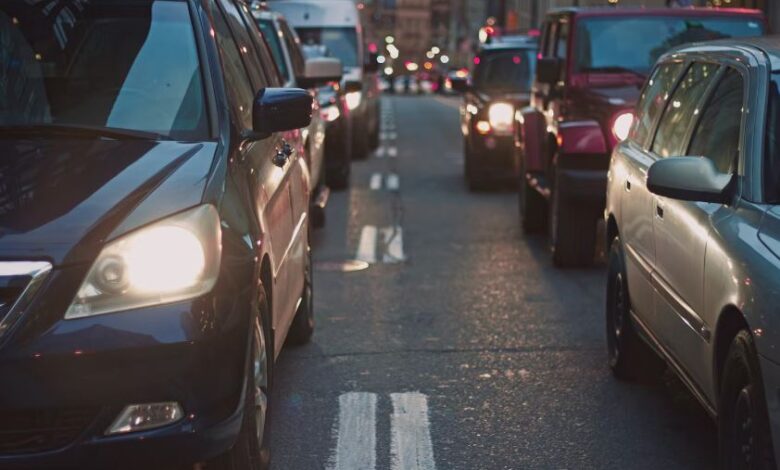A Guide to Traffic Rules in Australia

Hitting the open road in Australia offers stunning scenery and a chance to explore a vast country. However, ensuring a safe and enjoyable journey requires understanding the local traffic regulations. This comprehensive guide by Free Car Removal Company In Sunshine Coast delves into the key traffic rules in Australia, equipping you with the knowledge to navigate with confidence.
Rule of the Road: Driving on the Left
The most fundamental difference for visitors from countries like the United States or Canada is driving on the left side of the road. This applies to all two-way traffic in Australia. Always stay alert, especially at intersections and roundabouts, to avoid confusion.
Give Way to the Right at Roundabouts
Unlike some countries, Australian roundabouts prioritize traffic already circulating within the roundabout. Yield to vehicles already on the roundabout when entering, and indicate right to signal a lane change before exiting.
Speed Limits: Understanding the Signs
Speed limits in Australia are posted in kilometers per hour (km/h) and vary depending on the location. Generally, urban areas have a default speed limit of 50 km/h, while highways can reach speeds of 100 km/h or even 110 km/h in specific zones. Always adhere to posted speed limits and be extra cautious in school zones and residential areas.
Seatbelts: A Buckle Up for Safety
Seatbelt use is mandatory by law for all occupants in a vehicle. Drivers are responsible for ensuring passengers under 16 wear seatbelts. Develop the habit of buckling up every time you enter a car to prioritize safety.
Traffic Signals: Understanding the Lights
Traffic lights in Australia follow the same basic principles as most countries. Red signifies stop, yellow indicates caution and prepare to stop, and green allows you to proceed with caution. Be aware that some intersections may have dedicated turning lanes with their own traffic signals.
Give Way Signs and Lane Markings
Give way signs instruct drivers to yield to oncoming traffic or pedestrians. Always come to a complete stop at a give way sign and proceed only when it is safe to do so. Solid lane markings indicate no lane changing is permitted, while broken lines allow lane changes with caution.
Drinking and Driving: A Strict No
Driving under the influence of alcohol or drugs is a serious offense in Australia. The legal blood alcohol concentration (BAC) limit is 0.05%. Penalties for drink driving can be severe, including fines, license suspension, and even jail time. Always designate a sober driver or utilize alternative transportation if you have consumed alcohol.
Mobile Phone Use: Stay Focused on the Road
Using a handheld mobile phone while driving is illegal in Australia. This includes texting, talking, or browsing the internet. Hands-free devices are permitted, but it’s best to minimize distractions while driving for optimal safety.
Pedestrian Crossings: Stop and Give Way
Pedestrian crossings, marked by zebra stripes, require drivers to stop and give way to pedestrians who are crossing or about to cross the road. Be mindful of pedestrians, especially at intersections and near schools.
School Zones: Slow Down for Safety
School zones are designated areas with reduced speed limits to protect children. Always be extra cautious and vigilant when driving in school zones, especially during peak drop-off and pick-up times.
Sharing the Road with Others: Courtesy Counts
Australian traffic laws emphasize courtesy and respect for all road users. Be patient, avoid aggressive driving, and always signal your intentions before turning or changing lanes.
Additional Resources: Staying Informed
For a more comprehensive understanding of traffic rules in Australia, consult the following resources:
- The national road rules website: https://www.ntc.gov.au/laws-and-regulations/australian-road-rules
- The website of your specific state or territory transport department
By familiarizing yourself with these key traffic rules, you can ensure a safe and enjoyable driving experience in Australia. Remember, prioritizing safety, courtesy, and awareness are the cornerstones of responsible driving. So, buckle up, follow the rules, and enjoy the journey!



